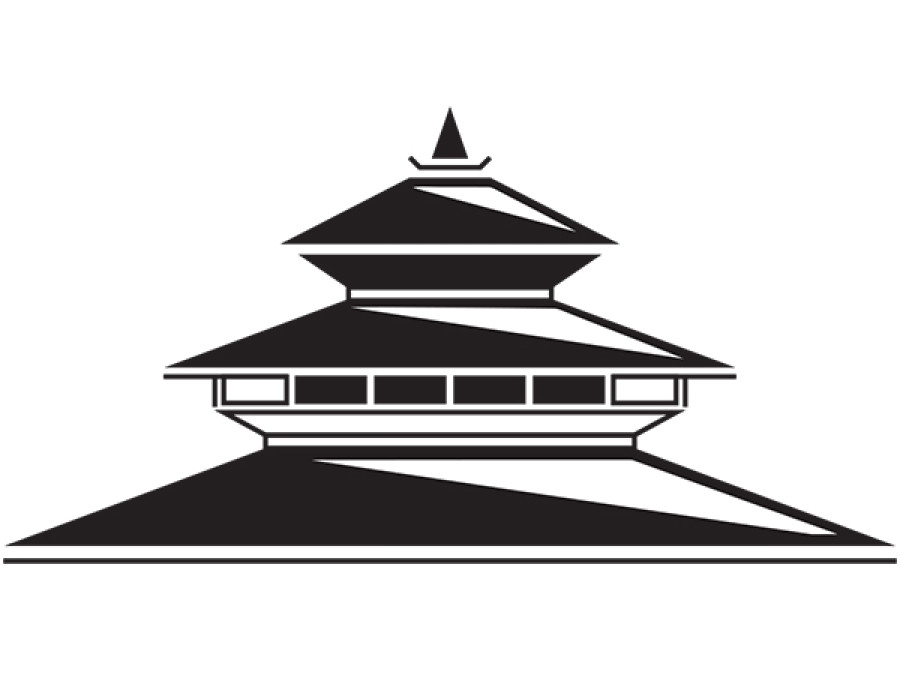Editorial
Investing in inclusion
Inclusion is a term that has been accorded much importance over the past couple of years.
Inclusion is a term that has been accorded much importance over the past couple of years. It was in order to promote inclusion and address underrepresentation of women and other marginalised groups that a mixed model electoral system with First-Past-the-Post (FPTP) and Proportional Representation (PR) elections were introduced in 2008. But emergent electoral trends show a strong pushback on the agenda of inclusion.
Only six female candidates—two from the CPN-UML, three from the CPN (Maoist Centre) and one from the Rastriya Janamorcha—have been elected to the federal parliament, which elects 165 lawmakers through FPTP. This means only 3.6 percent of the members in the House are women elected from the FPTP system.
These figures present a rather dismal picture and are indicative of a regression from previous trends. In the 2013 and 2008 Constituent Assembly (CA) elections, the figure stood at 12.5 percent and 4.17 percent respectively.
Prior to the current polls, the three major political parties, UML, Maoist Centre (MC) and the Nepali Congress (NC) were even called to the Supreme Court (SC) to discuss ways to honour the constitutional requirement of one-third women candidates in the direct polls. However, it seems as though this particular discussion fell on deaf ears.
The UML and MC fielded only four female candidates each, while the NC fielded nine.
According to constitutional provisions, at least 33 percent female candidates should be fielded in the FPTP system, and the provision of the PR system would only be enacted when the one-third women candidates fail to be elected.
But it is becoming increasingly apparent that the parties have twisted this particular mandate. Now, with female candidates constituting about 55 percent of the PR lists, it seems the parties are treating the PR system as the only avenue to ensure the one-third representation of female candidates in federal parliament, as stipulated by the constitution.
Our constitutional provision mandating that women hold 33 percent of seats had made Nepal’s parliament the most gender inclusive House in all of South Asia in 2008, as shown by a global data map launched by the Inter Parliamentary Union and UN Women.
The fact that Nepal’s new constitution has a provision to ensure significant female representation in parliament is something to be proud of. But recent trends have also shown that constitutionally guaranteed proportional representation does not necessarily guarantee a qualitative change. To ensure that women leaders have geographic constituencies so they can reach a large swathe of voters is very different from just confining them to post-election mandatory quota.
While Nepal’s constitutional guarantee for a 33 percent female representation is most certainly a progressive provision, the male-dominated political leadership has conveniently found a way to ensure that female politicians aren’t allowed too much control.




 15.12°C Kathmandu
15.12°C Kathmandu












%20(1).jpg&w=300&height=200)

